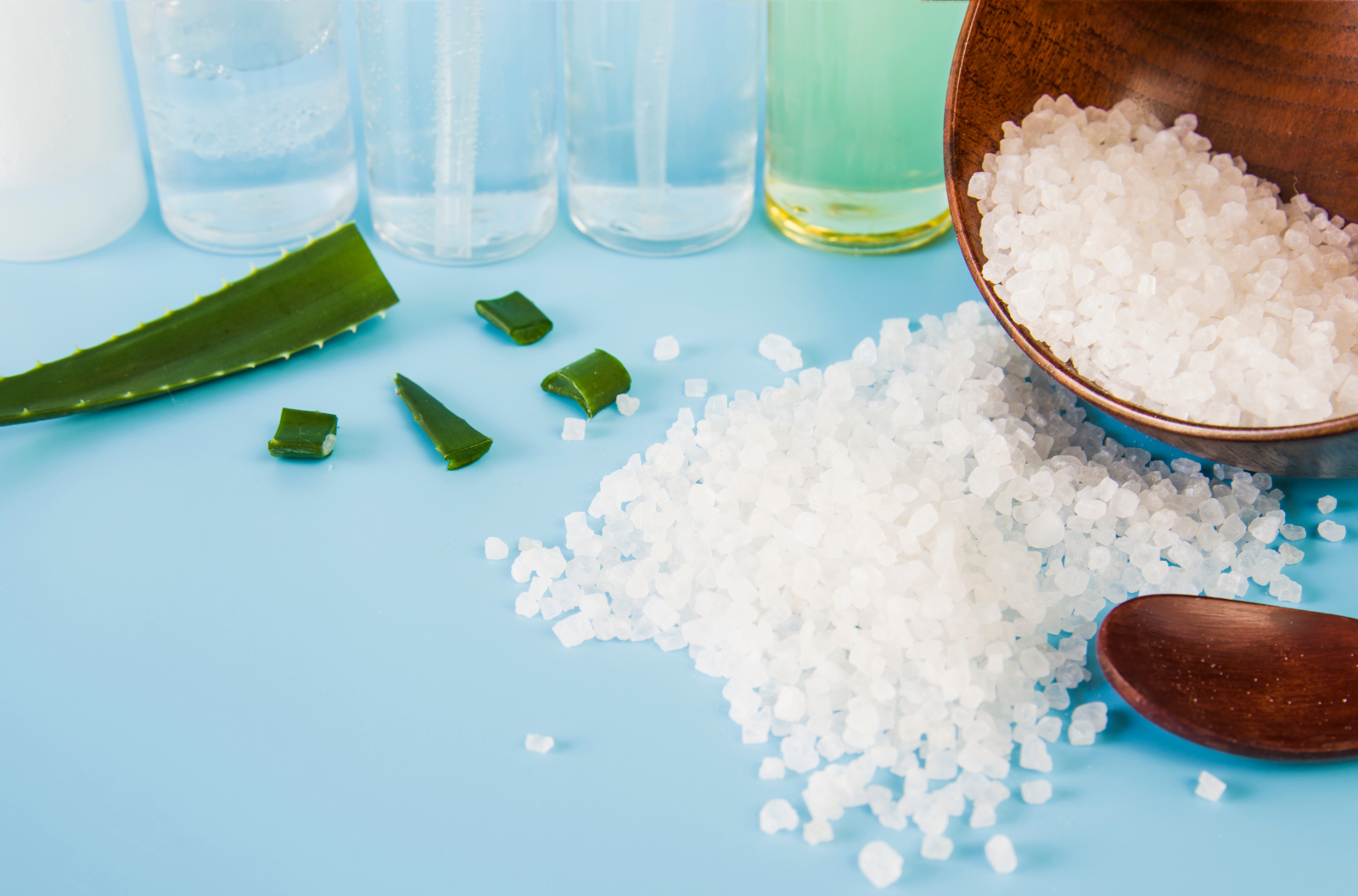TABLE OF CONTENTS
TABLE OF CONTENTS
What is Sodium Gluconate?
Sodium Gluconate Properties
Sodium Gluconate Chemical Formula
Sodium Gluconate Structure
Sodium Gluconate Density
Sodium Gluconate Solubility
Sodium Gluconate CAS No
Sodium Gluconate INCI Name
Conclusion
FAQs About Sodium Gluconate
What is Sodium Gluconate?
Sodium gluconate is the sodium salt of gluconic acid, a compound derived from the fermentation of glucose. It is widely used in various industries for its excellent chelating properties.
What are the main properties of Sodium Gluconate?
Sodium gluconate is known for its ability to form stable complexes with metal ions, its non-corrosive nature, biodegradability, and stability across a wide range of pH levels and temperatures.
What is the chemical formula of Sodium Gluconate?
The chemical formula of sodium gluconate is C6H11NaO7.
How is Sodium Gluconate used in different industries?
Sodium gluconate is used in the food industry as a preservative, in pharmaceuticals as a stabilizer, in cleaning products for its chelating properties, and in construction as a concrete admixture.
Is Sodium Gluconate safe for the environment?
Yes, sodium gluconate is biodegradable and breaks down naturally in the environment, making it an eco-friendly option.
What is the solubility of Sodium Gluconate in water?
Sodium gluconate is highly soluble in water, with a solubility of about 59 grams per 100 milliliters at 25°C.
What is the CAS number for Sodium Gluconate?
The CAS (Chemical Abstracts Service) number for sodium gluconate is 527-07-1.
Can Sodium Gluconate be used in cosmetics?
Yes, sodium gluconate is used in cosmetics and personal care products, and its INCI name is "Sodium Gluconate."
What is the density of Sodium Gluconate?
The density of sodium gluconate is approximately 1.4 g/cm³.
How does Sodium Gluconate function as a chelating agent?
Sodium gluconate forms stable complexes with various metal ions, which helps to sequester and neutralize these ions, preventing them from interfering with processes or formulations.





